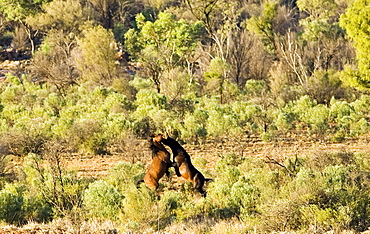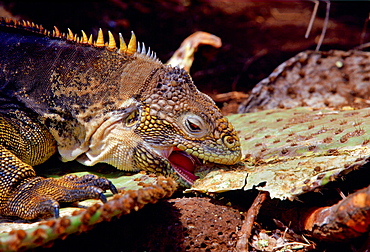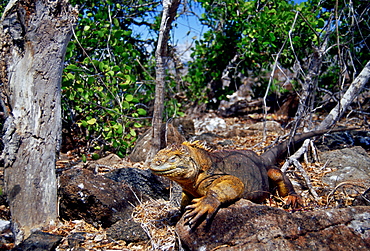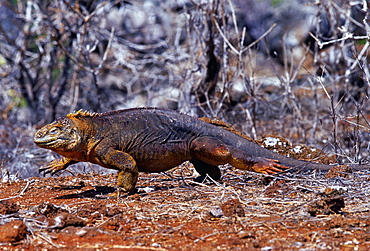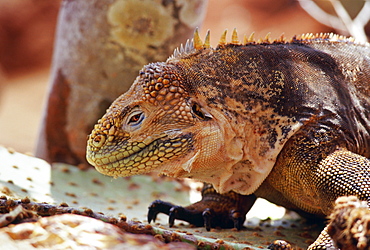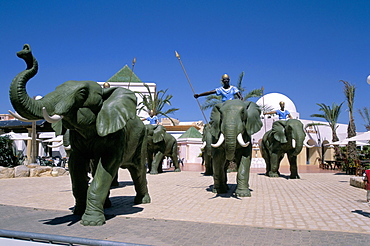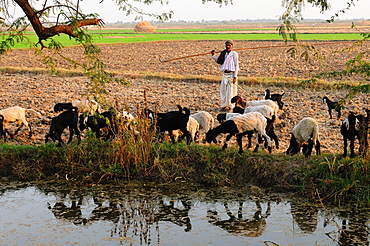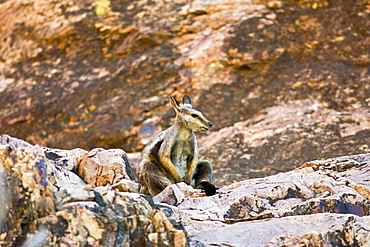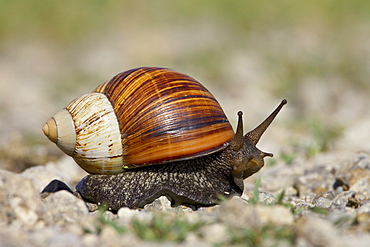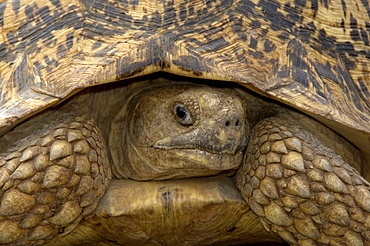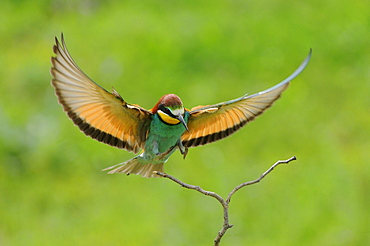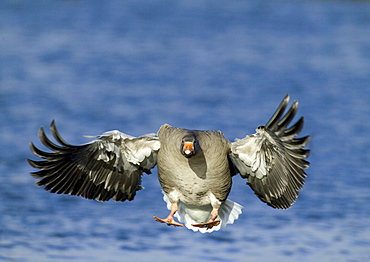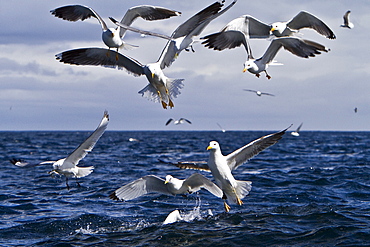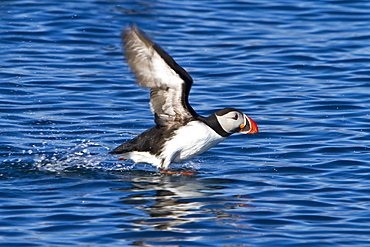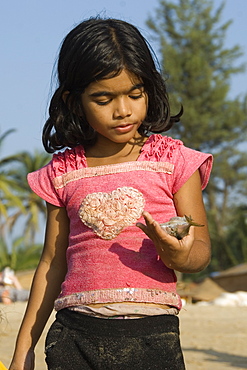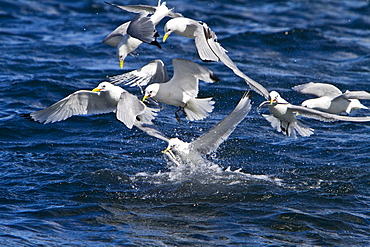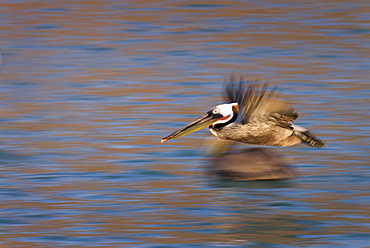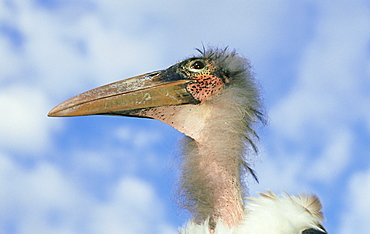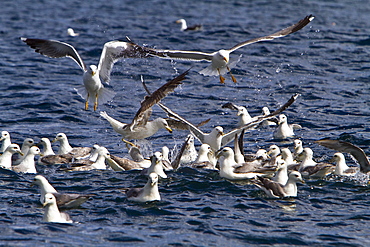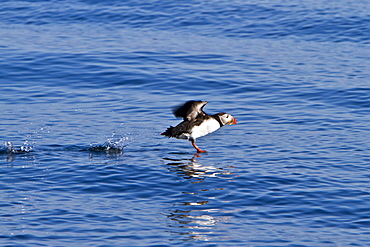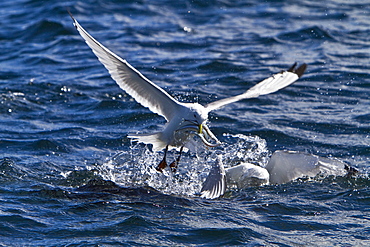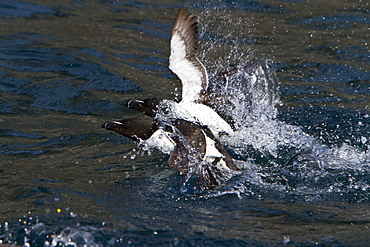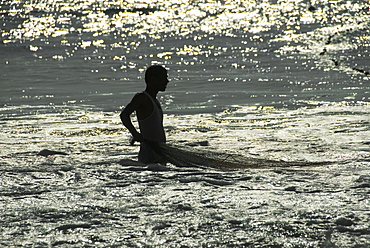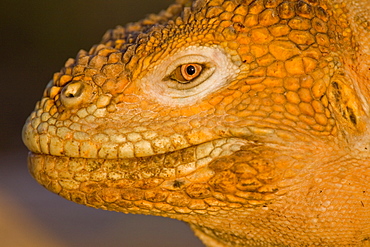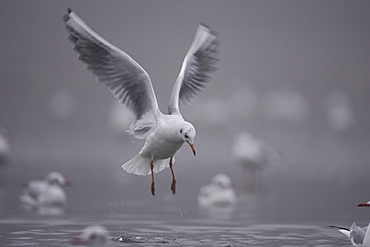Results
« Previous 1 2
116 results found
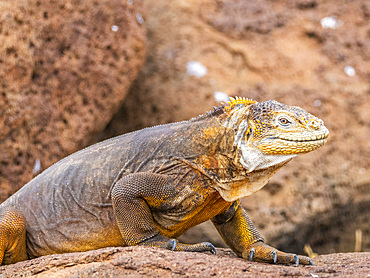
An adult Galapagos land iguana (Conolophus subcristatus), basking on North Seymour Island, Galapagos Islands, UNESCO World Heritage Site, Ecuador, South America
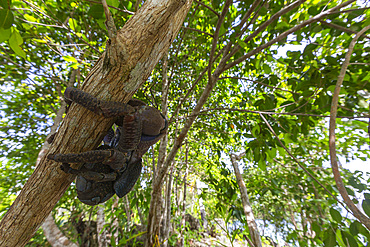
An adult coconut crab (Birgus latro), on land on Gam Island, Raja Ampat, Indonesia, Southeast Asia, Asia

Land Iguana (Conolophus subcristatus), South Plaza Island, Galapagos Islands, UNESCO World Heritage Site, Ecuador, South America
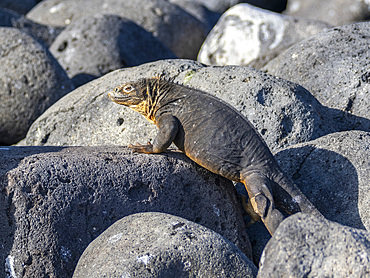
An adult Galapagos land iguana (Conolophus subcristatus), basking on North Seymour Island, Galapagos Islands, UNESCO World Heritage Site, Ecuador, South America
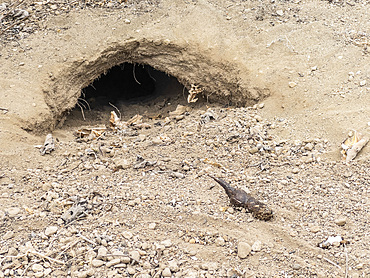
An adult Galapagos land iguana (Conolophus subcristatus) burrow in Urbina Bay, Galapagos Islands, UNESCO World Heritage Site, Ecuador, South America

An adult Galapagos land iguana (Conolophus subcristatus), basking on North Seymour Island, Galapagos Islands, UNESCO World Heritage Site, Ecuador, South America
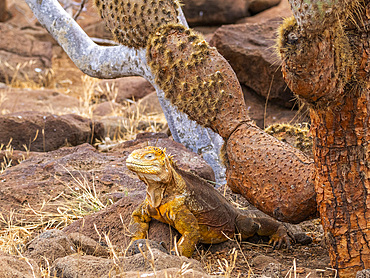
An adult Galapagos land iguana (Conolophus subcristatus), basking on North Seymour Island, Galapagos Islands, UNESCO World Heritage Site, Ecuador, South America
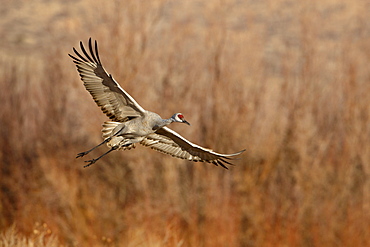
Sandhill Crane (Grus canadensis) just about to land, Bernardo Wildlife Area, Ladd S. Gordon Wildlife Complex, New Mexico, United States of America, North America
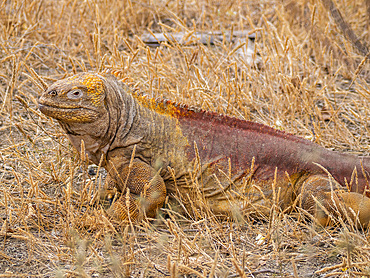
An adult Galapagos land iguana (Conolophus subcristatus), basking in Urbina Bay, Galapagos Islands, UNESCO World Heritage Site, Ecuador, South America

An adult Galapagos land iguana (Conolophus subcristatus), basking on North Seymour Island, Galapagos Islands, UNESCO World Heritage Site, Ecuador, South America
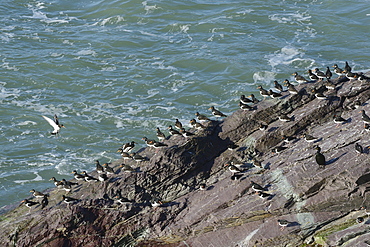
Oystercatcher (Haematopus ostralegus) flying in to land to join others at a high tide roost on coastal rocks, Cornwall, England, United Kingdom, Europe
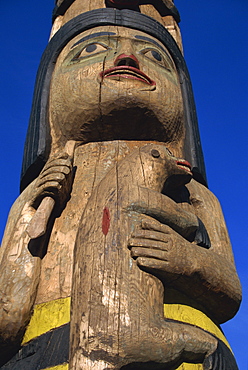
Totem pole of Shaman and land otter, carved in red cedar in 1940 by John Wanlace, Inside Passage, Juneau, Alaska, United States of America, North America
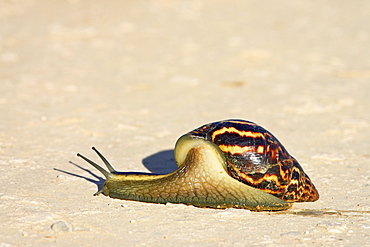
East African Land Snail or Giant African Land Snail (Achatina fulica), Addo Elephant National Park, South Africa, Africa

Drought in Burkina Faso (formerly Upper Volta). A white Land Rover 4-wheel drive vehicle drives past a dried out carcass.
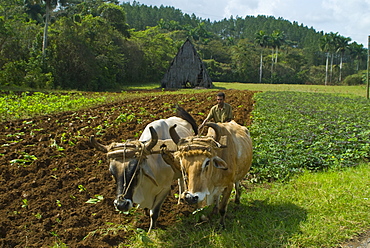
Farmer with oxen cultivating the land for tobacco crops, Vinales, Cuba, West Indies, Caribbean, Central America
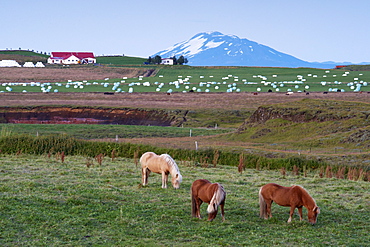
Agricultural land at the foot of the mighty volcano Hekla, north of Hella, in the south of Iceland (Sudurland), Iceland, Polar Regions
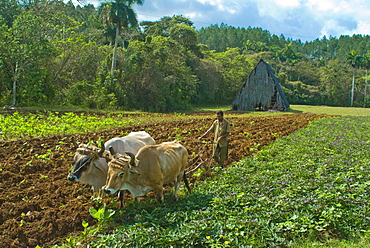
Farmer with oxen cultivating the land for tobacco crops, Vinales, Cuba, West Indies, Caribbean, Central America
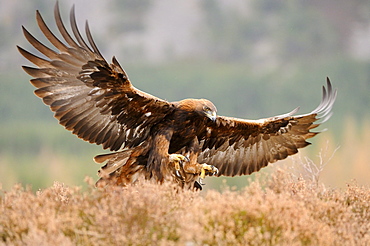
Golden eagle (aquila chrysaetos) about to land, wings spread, talons outstretched, scotland, captive
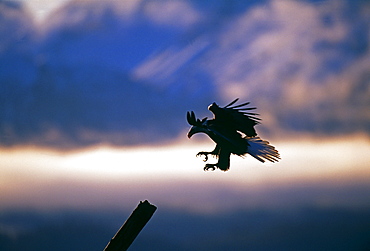
Bald eagle (Haliaetus leucocephalus), coming in to land, Kenai, Alaska, United States of America, North America
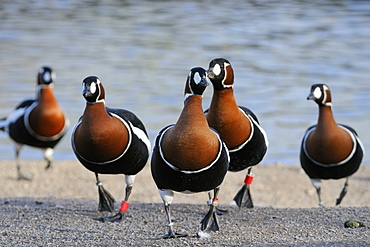
Red-breasted goose (Branta ruficollis) group approaching on land, captive, WWT Slimbridge, Gloucestershire, UK.

Greater flamingos (Phoenicopterus roseus), three adults land to join many others and roosting Avocets (Recurvirostra avocetta) on Kallini salt pans during the autumn migration period, Isle of Lesbos (Lesvos), Greece.

Australian land leech (Gnatbobdellida libbata) feeding on dog's paw, Hopkins Creek, New South Wales, Australia, Pacific

The very colorful Galapagos land iguana (Conolophus subcristatus) in the Galapagos Island Archipelago, Ecuador. MORE INFO This large land iguana is endemic to the Galapagos Islands.

The very colorful Galapagos land iguana (Conolophus subcristatus) in the Galapagos Island Archipelago, Ecuador. MORE INFO This large land iguana is endemic to the Galapagos Islands.
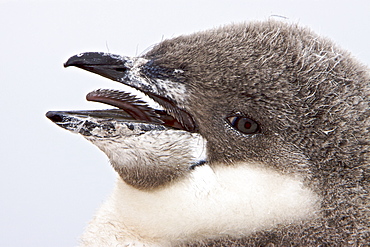
Chinstrap penguin (Pygoscelis antarctica) chick head detail at colony on Useful Island near the Antarctic Peninsula. There are an estimated 2 million breeding pairs of chinstrap penguins in the Antarctic peninsula region alone, perhaps as many as 7.5 million breeding pairs in all of Antarctica. Their name derives from the narrow black band under their heads which makes it appear as if they are wearing black helmets, making them one of the most easily identified types of penguin. Other names for them are "Ringed Penguins", "Bearded Penguins", and "Stonecracker Penguins" due to their harsh call. They grow to 68 cm (27 in). The average adult weight of a Chinstrap Penguin is 4.5 kg (10 lbs). Weight can range from 3 to 6 kg (6.6-13.2 lbs), with males being slightly larger and weight varying based on where the penguin is in the breeding cycle. Their diet consists of krill, shrimp, and fish. On land they build circular nests from stones, and lay two eggs, which are incubated by both the male and the female for shifts of five to ten days. They can also breed on icebergs, though they prefer non-icy conditions. The chicks hatch after about 35 days, and have fluffy gray backs and white fronts. The chicks stay in the nest for 20?30 days before they go to join a creche. At around 50?60 days old, they moult, gaining their adult plumage and go to sea. The Chinstrap Penguin was first described by German naturalist Forster in 1781. Its specific epithet was often seen as antarctica, however a 2002 review determined the genus Pygoscelis was masculine, and hence the correct binomial name is Pygoscelis antarcticus.
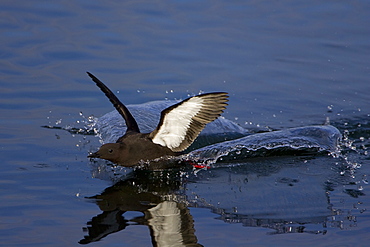
Black Guillemot (Cepphus grylle) landing on water with splash either side of animal. Oban Bay, Argyll, Scotland, UK
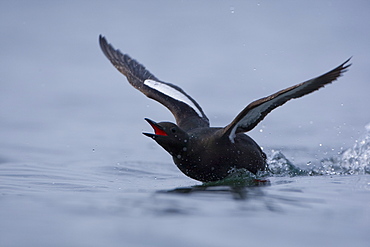
Black Guillemot (Cepphus grylle) landing on water with splash either side of animal. Oban Bay, Argyll, Scotland, UK
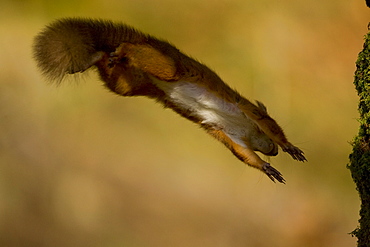
Red Squirrel (Sciurus vulgaris) leaping through the air, just about to land on branch, underside of animal shown. Loch Awe, nr Oban, Scotland, UK
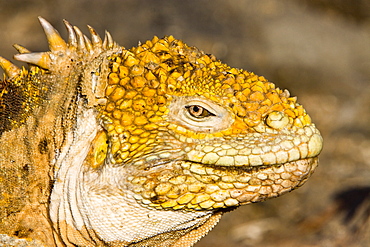
The very colorful Galapagos land iguana (Conolophus subcristatus) in the Galapagos Island Archipeligo, Ecuador. This large land iguana is endemic to the Galapagos Islands.

Fishing for Chinook Salmon, the fishermen of Anchorage come out in their droves to land a catch in the shallow setury of Ship Creek, downtown Anchorage, Alaska. Anchorage, Alsaka, USA

Southern Giant Petrel (Macronectes giganteus) on the wing in and around South Georgia, Southern Ocean

An adult Brown Skua (Catharacta antarctica) at Stromness Bay on South Georgia Island in the Southern Ocean
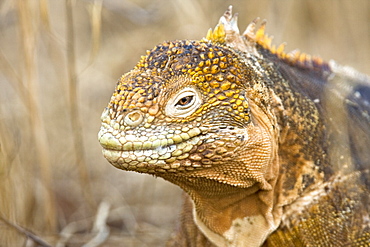
The very colorful Galapagos land iguana (Conolophus subcristatus) in the Galapagos Island Archipeligo, Ecuador. This large land iguana is endemic to the Galapagos Islands.
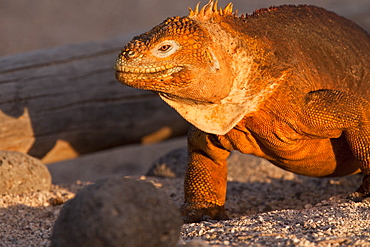
The very colorful Galapagos land iguana (Conolophus subcristatus) in the Galapagos Island Archipeligo, Ecuador. MORE INFO: This large land iguana is endemic to the Galapagos Islands.

Yellow-footed Gull (Larus livens) eating clams at low tide in Puerto Don Juan in the Gulf of California (Sea of Cortez), Mexico

The very colorful Galapagos land iguana (Conolophus subcristatus) in the Galapagos Island Archipeligo, Ecuador. This large land iguana is endemic to the Galapagos Islands.
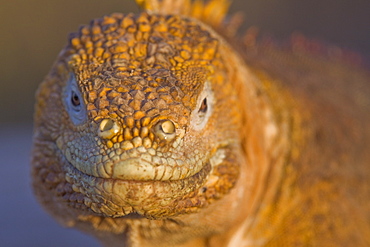
The very colorful Galapagos land iguana (Conolophus subcristatus) in the Galapagos Island Archipeligo, Ecuador. This large land iguana is endemic to the Galapagos Islands.
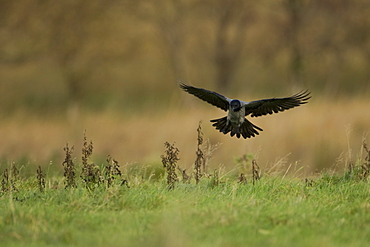
Hooded Crow (Corvus corone cornix) coming into land on a grassy meadow, wings open. Isle of Mull, Argyll, Scotland, UK

The very colorful Galapagos land iguana (Conolophus subcristatus) in the Galapagos Island Archipeligo, Ecuador. This large land iguana is endemic to the Galapagos Islands.

Adult trumpeter swans (Cygnus buccinator) taking off and landing on the Yellowstone River in Yellowstone National Park, Wyoming, USA.
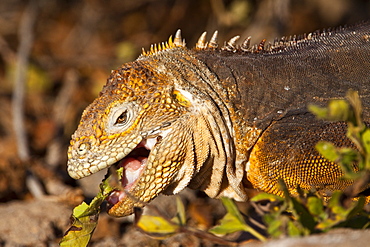
The very colorful Galapagos land iguana (Conolophus subcristatus) in the Galapagos Island Archipeligo, Ecuador. MORE INFO: This large land iguana is endemic to the Galapagos Islands.

The very colorful Galapagos land iguana (Conolophus subcristatus) in the Galapagos Island Archipeligo, Ecuador. This large land iguana is endemic to the Galapagos Islands.
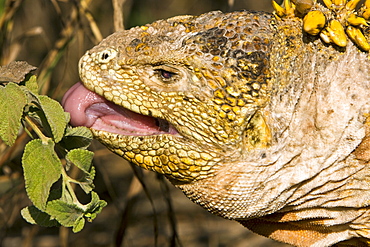
The very colorful Galapagos land iguana (Conolophus subcristatus) feeding on plants in the Galapagos Island Archipeligo, Ecuador. This large land iguana is endemic to the Galapagos Islands.

Lindblad Expeditions Guests and guide encounter a land iguana on the trail on North Seymour Island in the Galapagos Island Archipeligo, Ecuador. No model releases.
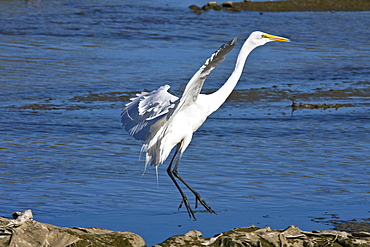
Adult Great Egret (Ardea alba) in courtship display near San Jose del Cabo, Baja California Sur, Mexico.

Adult osprey (Pandion haliaetus) on nest at Isla Rasa in the Gulf of California (Sea of Cortez) Baja California Sur, Mexico.
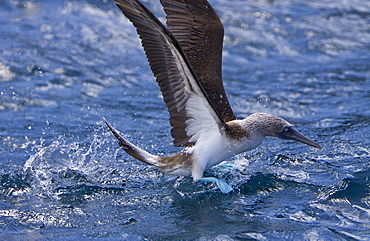
Blue-footed booby (Sula nebouxii) in the Galapagos Island Group, Ecuador. The Galapagos are a nesting and breeding area for blue-footed boobies.

Juvenile Antarctic tern (Sterna vittata) resting on iceberg in Neko Harbor, Antarctica, Southern Ocean.

An adult Brown Skua (Catharacta antarctica) in flight inside the caldera at Deception Island, South Shetland Islands in the southern ocean

The very colorful Galapagos land iguana (Conolophus subcristatus) in the Galapagos Island Archipeligo, Ecuador. This large land iguana is endemic to the Galapagos Islands.
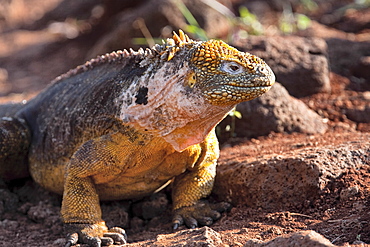
The very colorful Galapagos land iguana (Conolophus subcristatus) in the Galapagos Island Archipeligo, Ecuador. MORE INFO: This large land iguana is endemic to the Galapagos Islands.

